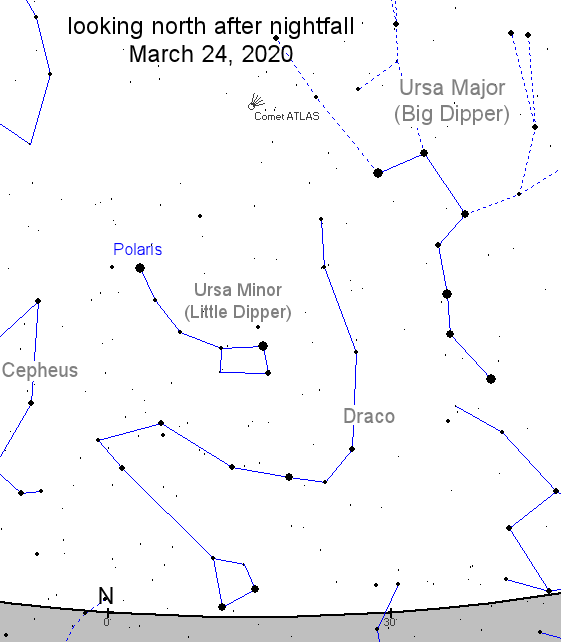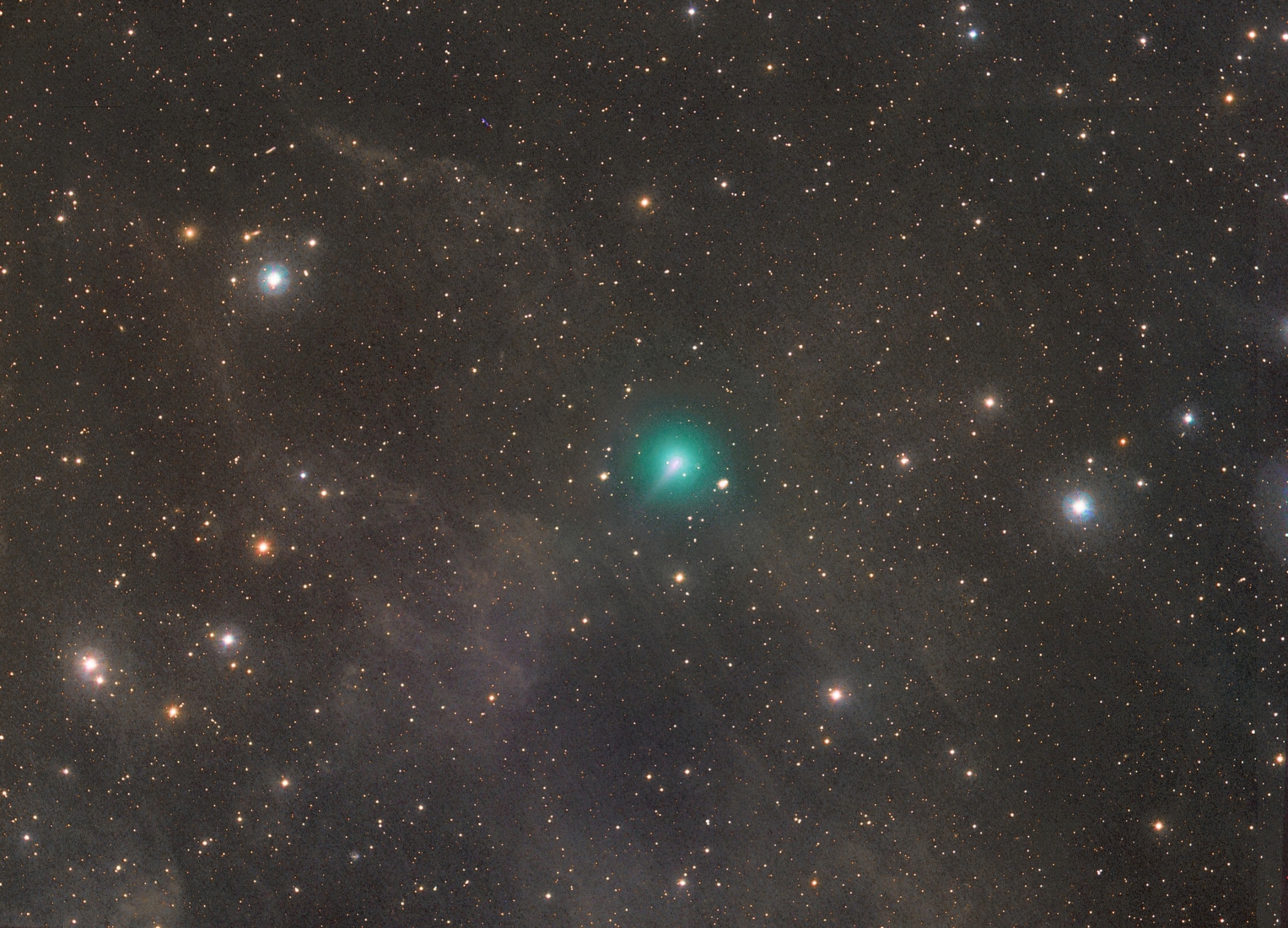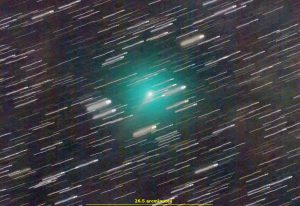The Stars of the Show
Look up. Here’s an easy way to take a break from all the worry tonight—if you have a backyard telescope. If you are lucky (visibility depends on many factors including how bright the lights near you), you will be able to see Ursa Major (Big Dipper), Ursa Minor (Little Dipper), Polaris and Comet/2019 YA ATLAS.

Use this diagram from SpaceWeather.com to help you recognize what you see. Take a couple of breaths and recognize the size of the universe, its vastness, its complexity, ever changing. Maybe is will help you bring into perspective the things happening here. At any rate, it is a slowdown to the day and a short respite from our daily challenges.

Credit: Comet C/2019 Y4 ATLAS, by Michael Jäger on March 18, 2020 @ Weißenkirchen, Austria
“Comet ATLAS’s coma (atmosphere) is approximately 15 arcminutes in diameter,” reports Michael Jäger of Weißenkirchen, Austria, who took the picture, above, on March 18th. “Its newly-formed tail is about the same size.”

Comet image: C/2019 Y4 ATLAS by Hisayoshi Kato on March 18, 2020 @ Uchiyama Nagano Japan
15 arcminutes = a quarter of a degree. On March 18th, that angle corresponds to a physical size of 720,000 km. For a comparison, the sun is 1,392,000 km diameter and Jupiter is 139,820 km.
You should know it’s not unusual for comets to grow so large. Their icy solid cores are usually just kilometers in diameter, but they can spew gas and dust into space, filling enormous volumes.
How to see it? Comet ATLAS is green, the biggest green spot in the Solar System. That green hue comes from diatomic carbon, C2. Gaseous C2 emits a beautiful green glow in the near-vacuum of space.
Says SpaceWeather.com: “Currently, Comet ATLAS is shining like an 8th magnitude star–invisible to the unaided eye but an easy target for backyard telescopes. The comet is brightening rapidly as it comes closer to Earth and the sun. By late May it could rival Venus in the evening twilight sky.”
Locally, if you are interested in Dark Night Sky info and tidbits from astronomers, go online to the (American Space Museum website) at http://spacewalkoffame.org/astronomy
There’s an astronomy events schedule at: http://spacewalkoffame.org/events/category/education/astronomy but check with them first in case happenings on Earth have altered events focused on our incredible skies.
And… Keep looking up!
Resource : Spaceweather.com
The comet was discovered in December 2019 by the Asteroid Terrestrial-impact Last Alert System (ATLAS) in Hawaii. On May 31, 2020, Comet ATLAS will pass deep inside the orbit of Mercury only 0.25 AU from the sun. If it can survive the blast furnace of solar heating, it could put on a good show.
To learn more: https://spaceweatherarchive.com/2020/03/16/comet-atlas-is-brightening-faster-than-expected/
sky map; 3D orbit; ephemeris, light curve.







